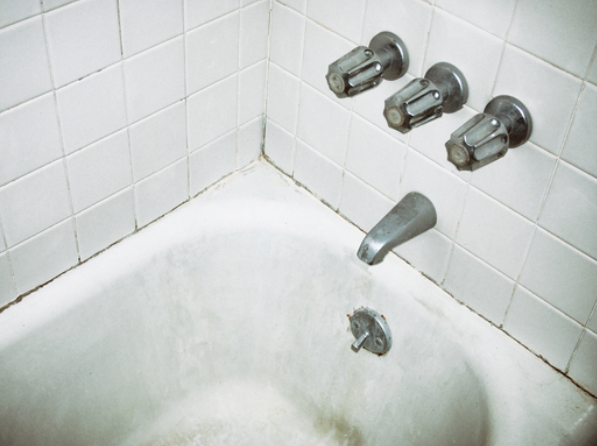Heel pain can significantly impact your daily life, making even the simplest tasks like walking or standing for extended periods uncomfortable. One common cause of heel pain is plantar fasciitis, a condition that affects the tissue along the bottom of the foot. Fortunately, there are various treatments available to alleviate this pain and help you return to your normal routine. This article will explore effective treatments for heel pain and how to manage plantar fasciitis heel pain treatment.
Understanding Heel Pain and Plantar Fasciitis
Heel pain is often caused by inflammation or irritation in the structures of the foot. One of the most common causes is plantar fasciitis, which occurs when the plantar fascia, a thick band of tissue connecting the heel to the toes, becomes inflamed. This condition typically results in sharp pain in the heel, especially in the morning when you take your first steps out of bed.
Plantar fasciitis is a condition that can affect anyone, but it’s more common in people who are on their feet a lot, such as athletes or those with sedentary jobs that involve standing for long periods. Understanding the underlying cause of your heel pain is the first step in determining the right treatment.
Non-Surgical Treatments for Heel Pain Relief
The good news is that most cases of heel pain and plantar fasciitis can be managed without surgery. Non-surgical treatments are effective in providing relief and promoting healing in the affected area. Here are some of the most common treatment for heel pain:
- Rest and Ice: Giving your foot time to rest and applying ice to the painful area can help reduce inflammation and swelling. Resting allows the plantar fascia to heal, while the ice helps numb the pain and control inflammation.
- Stretching and Strengthening Exercises: Specific exercises aimed at stretching the calf muscles and the plantar fascia can help relieve tension and reduce pain. Strengthening exercises can also help improve the overall function of the foot and prevent future injuries.
- Footwear Modifications: Wearing supportive shoes that provide proper arch support and cushioning can significantly reduce heel pain. Avoiding high heels or shoes with inadequate support is essential for managing plantar fasciitis.
- Orthotic Devices: Custom-made or over-the-counter orthotic insoles can help alleviate pressure on the heel and provide additional support to the foot. These devices are designed to promote proper foot alignment and reduce the strain on the plantar fascia.
- Anti-Inflammatory Medications: Over-the-counter medications like ibuprofen or naproxen can help reduce pain and inflammation associated with heel pain. However, these medications should only be used as a temporary solution.
More Advanced Treatment Options for Persistent Heel Pain
In cases where non-surgical treatments don’t provide sufficient relief, more advanced treatment options may be necessary. These options are typically considered when symptoms persist for several months and affect your quality of life.
- Corticosteroid Injections: A corticosteroid injection can help reduce inflammation and provide short-term relief from heel pain. However, these injections should be used cautiously, as they can sometimes weaken the plantar fascia over time.
- Shockwave Therapy: This treatment involves sending sound waves to the affected area to stimulate healing. Shockwave therapy has been shown to be effective for some patients with chronic heel pain and plantar fasciitis.
- Platelet-Rich Plasma (PRP) Therapy: PRP therapy involves using your blood to create a concentrated solution of platelets, which is then injected into the affected area to promote healing. This treatment is still being studied but has shown promising results for certain individuals with heel pain.
- Surgical Intervention: Surgery is typically a last resort for treating plantar fasciitis and heel pain. If other treatments fail to provide relief, a healthcare provider may recommend surgery to release the tension on the plantar fascia or remove damaged tissue.
Conclusion
Heel pain can be debilitating, but with the right treatment plan, you can find relief and return to your daily activities. From non-invasive methods like rest and stretching to more advanced treatments such as shockwave therapy or PRP injections, there are many options available to manage heel pain. If you’re looking for expert advice and care, visit sydneyfootsolutions.com.au to learn more about the treatments available for heel pain and plantar fasciitis.






+ There are no comments
Add yours